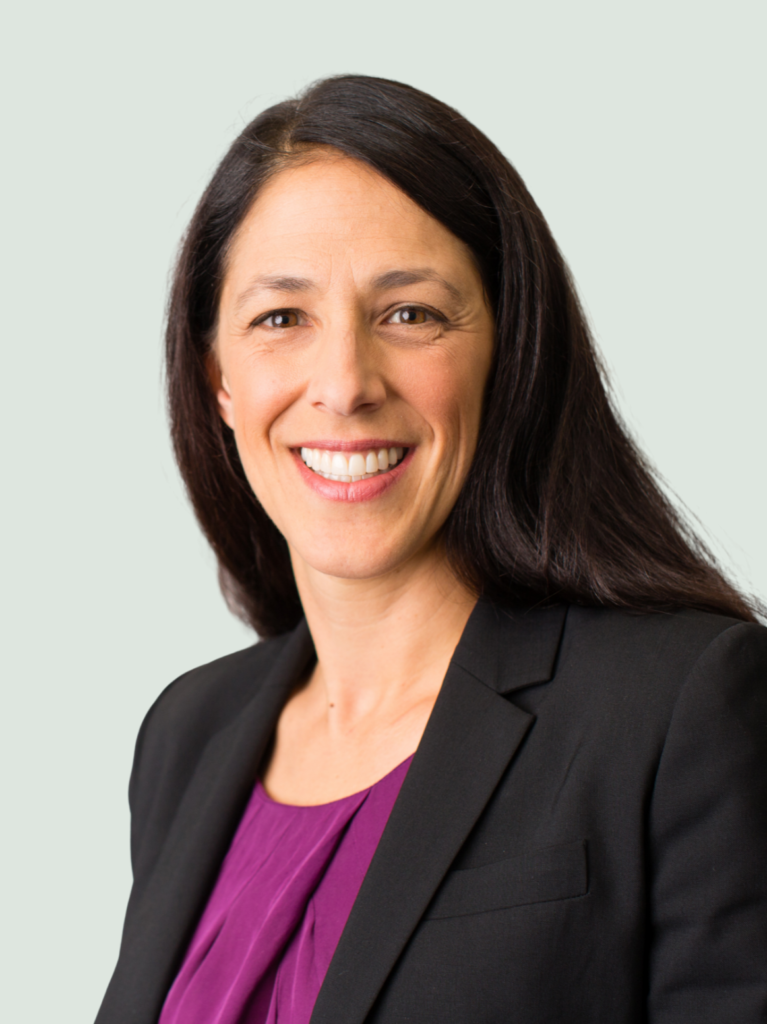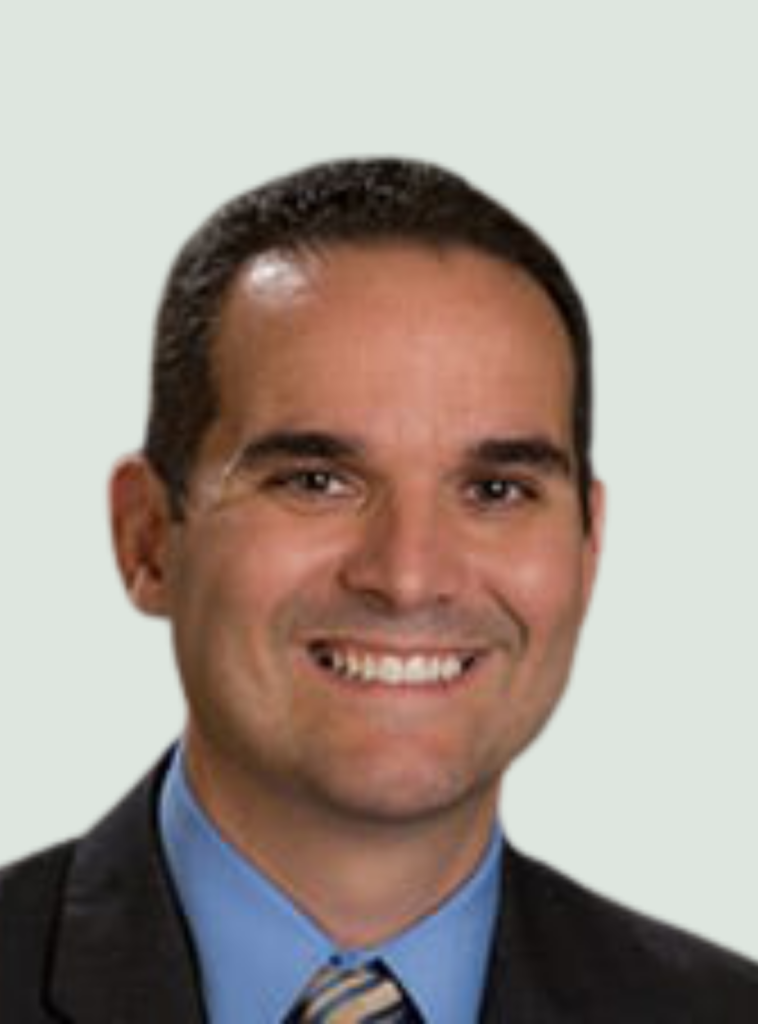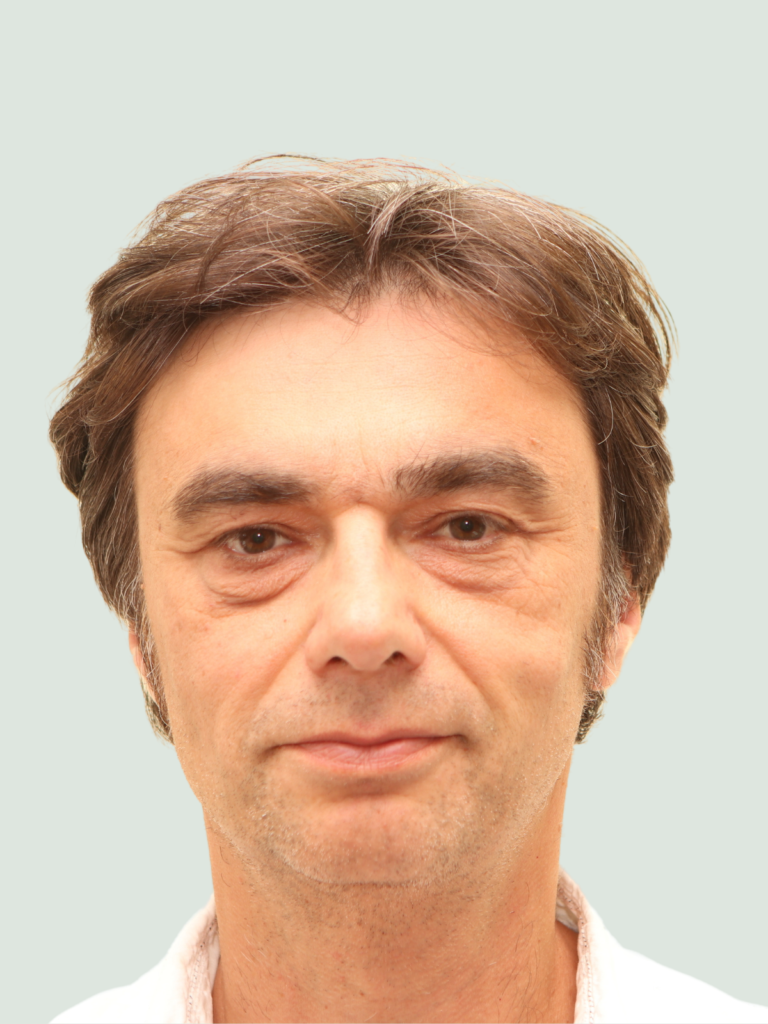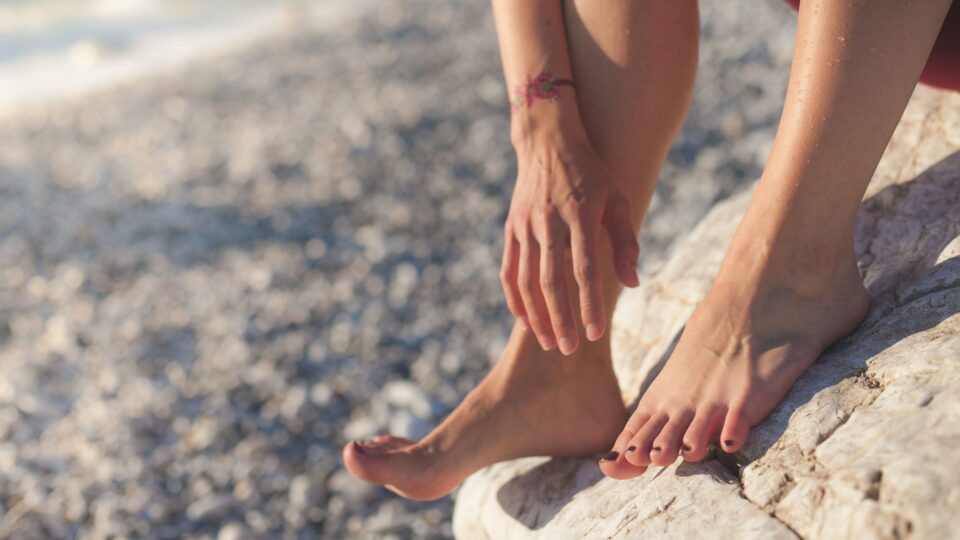26 May 2021
Diet changes to help eczema patients. New biomaterials to reduce scarring. Improved imaging tools to diagnose skin conditions. The LEO Foundation has just awarded grants totaling DKK 12 million to three excellent skin research projects.
Three ambitious skin research projects from the University of California – San Francisco, the University of California – Los Angeles and the University of Sheffield are the latest to receive funding from the LEO Foundation.
The LEO Foundation research grants are awarded in open competition to support the best skin research projects worldwide.
Low-sodium diet to help eczema patients
Associate Professor Katrina Abuabara is a dermatologist and epidemiologist from UCSF. With the new project she aims to test the hypothesis that excess sodium consumption can worsen eczema.
“The increased global prevalence of eczema cannot be attributed to genetics alone, suggesting that environmental factors such as climate, air pollutants or diet may trigger or flare the disease. Dietary sodium intake warrants additional investigation because studies have shown high rates of sodium storage in the skin of patients with eczema and that high sodium concentrations can trigger inflammatory responses,” Katrina Abuabara said.
To study this, Katrina Abuabara will enroll 30 participants and employ a novel Magnetic Resonance Imaging (MRI) technique that enables accurate quantification of skin sodium concentration.
“If sodium restriction proves to be beneficial, it could lead to actionable impact on eczema patients as a cost-effective, low-risk intervention that could be implemented in low resource settings,” Katrina Abuabara said.
New wound-healing biomaterials to reduce scarring
Assistant Professor Philip Scumpia from the Division of Dermatology at UCLA investigates a new wound-healing biomaterial that may allow wounds to heal by skin regeneration instead of scar formation.
“Previous studies have shown that activating the immune system can be used to tilt the balance of wound healing from tissue destruction and scar formation to tissue repair and skin regeneration. In this new project we will further investigate and identify the cells and signals from the immune system responsible for switching the wound environment into a regenerative state,” Philip Scumpia said.
Single-cell RNA-sequencing, multiplexed immunofluorescent microscopy, and bioinformatics analyses will be applied to directly assess cell interactions at the molecular level.
Longer wavelength of laser light to improve skin imaging tool
Professor Stephen Matcher is based in the University of Sheffield’s Department of Electronic and Technical Engineering. His project focuses on the light-based skin imaging tool called optical coherence tomography (OCT) for the study of eczema.
Tools such as OCT have enabled us to see beneath the skin surface, allowing us to see changes in the skin which are hidden and impossible to assess by eye, simply by shining light into the skin. Yet, one problem with the current OCT systems is that if the skin inflammation becomes too high, it becomes difficult to quantify because OCT can only penetrate depths of around 1 mm. With the new project Stephen Matcher wants to improve the OCT tool by using a longer wavelength of laser light.
“It is our hope that by demonstrating and improving the advantages of harmless imaging techniques, we can reduce the need for painful biopsies in the future. Long term, this may help us to improve the way healthcare professionals monitor and treat eczema,” Stephen Matcher said.
Research projects selected for funding
Katrina Abuabara
Associate Professor, University of California – San Francisco, USA, DKK 4m

Sodium intake and storage in the skin
The rapid increase in prevalence of AD suggests that environmental factors play an important role, but which environmental drivers are most important and the mechanism by which they impact AD is unclear. Large epidemiological studies suggest that changing diets are an important contributor. Dietary sodium intake warrants additional investigation because studies have shown high rates of sodium storage in the skin and that high sodium concentrations can trigger inflammatory responses involved in AD.
To study this, Katrina Abuabara will enroll 30 participants and employ a novel Magnetic Resonance Imaging (MRI) technique that has been shown to accurately quantify skin sodium concentration to examine whether a low-sodium diet can decrease skin sodium concentration and improve AD severity. The study presents a strong statistical analysis plan to identify key parameters for a future full-scale clinical trial.
If sodium restriction proves to be beneficial, it could lead to actionable impact on AD patients as a cost-effective, low-risk intervention that could be implemented in low resource settings.
Philip Scumpia
Assistant Professor, University of California – Los Angeles, USA, DKK 3.9m

Immunomodulatory porous biomaterials for skin regeneration
This project predicts in situ/local immunomodulatory biomaterials as a novel therapeutic approach to engineer regenerative wound healing and limit scarring.
Local tissue engineering represents a promising approach to regenerate tissue, however, immunologic barriers to restore tissue strength and function must be overcome. In previous studies, Philip Scumpia has shown that by simply inducing an adaptive immune response from a novel synthetic biomaterial that mimics the natural porosity and other characteristics of the skin, it is possible to provide the inductive signals to regenerate hair follicles and sebaceous glands in small murine cutaneous wounds.
In this project, it is proposed to identify the cells and the signals from the innate and adaptive immune system responsible for switching profibrotic signals in the wound environment to regenerative signals. This will be achieved by combining novel, pro-regenerative biomaterial formulations with loss-of-function studies of cells and factors of the immune system. Single-cell RNA-sequencing, multiplexed immunofluorescent microscopy, and bioinformatics analyses will be applied to directly assess biomaterial-to-cell and cell-to-cell interactions at the molecular level.
If successful, the project may help identify key players in regenerative wound healing, which would be of great importance.
Stephen Matcher
Professor, University of Sheffield, UK, DKK 4.2m

Developing 1600 nm OCT angiography to quantify severe inflammatory epidermal hyperplasia in atopic dermatitis
The aim of this project is to enable quantification of the effects of treating atopic dermatitis (AD) with new therapies. New therapies have similar effectiveness to steroids but are much more expensive. Thus, there is a need for demonstrated benefits and better long-term safety to persuade healthcare providers to fund them.
Optical coherence tomography (OCT) is an ideal tool to quantify the benefits of new drugs for treating AD, whilst checking that they do not cause skin thinning, which is a risk with long-term use of steroids. OCT is a non-invasive imaging technique that uses laser light to provide ultrasound-like images with higher resolution – and OCT avoids the need to perform painful biopsies.
One problem with the current OCT systems is that if the skin inflammation becomes too high, it becomes difficult to quantify because OCT can only image to depths of around 1 mm. This limited depth penetration can potentially be improved by using a longer wavelength of laser light. With the project, Stephen Matcher will quantify the improvement in OCT image quality when using 1600 nm light rather than the current 1300 nm light.
If successful, the project holds a strong potential for use in both clinical trials and clinical practice with a highly needed more patient-friendly tool for measuring drug efficacy in skin diseases such as atopic dermatitis.
Application and evaluation process
The LEO Foundation received a total of 45 applications from 17 different countries for the application round. The three awarded projects have passed the academic evaluation performed by the LEO Foundation’s independent Scientific Evaluation Committee and have received final approval by the LEO Foundation’s Board of Trustees.
New application round in June
The LEO Foundation invites applications for research projects focusing on the skin and its diseases on an ongoing basis. The next application round opens 2 June 2021 with deadline for submission on 30 June 2021.
The competition is open to talented skin researchers at PhD level or above from any country. The typical grant amount applied for is DKK 2-4 million for a period of 1-3 years.
Researchers who would like to apply for a LEO Foundation research grant can apply here.
